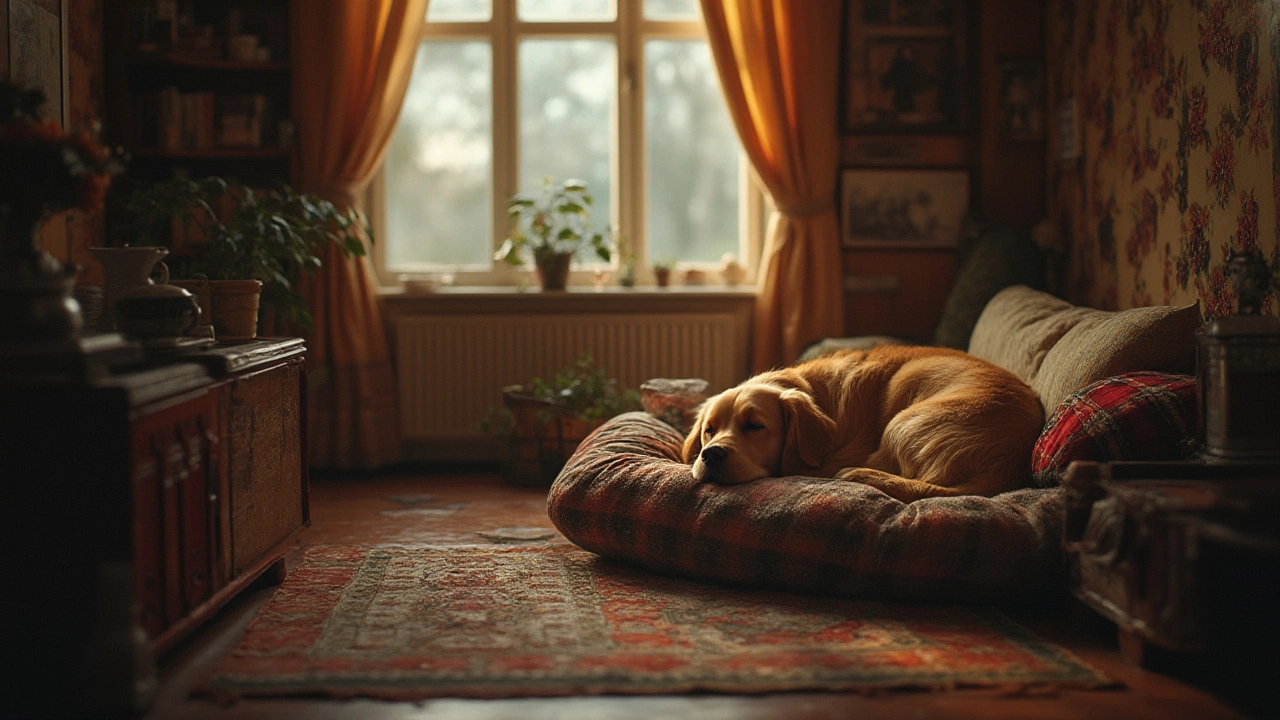Dogs Sleep Better: Simple Tips for a Restful Pup
Ever wonder why your dog flops down in the middle of the night or wakes up groggy? The answer is simple – dogs need good sleep to stay happy and healthy. The good news is you can shape a routine that lets them catch quality Z's without a lot of hassle.
How Much Sleep Does Your Dog Need?
Big breeds like Labradors usually need about 12‑14 hours of sleep a day, while tiny Chihuahuas can pillow‑hit 16‑18 hours. Puppies are the highest sleepers – expect 18‑20 hours because they’re growing fast. A quick way to spot if your dog is getting enough rest is to watch their energy levels. If they’re playful, alert, and don’t over‑chew or bark excessively, they’re probably well‑rested.
Watch for signs of poor sleep: frequent tossing, whining at night, or waking up with a stiff gait. Those clues often mean the sleeping spot or routine needs a tweak.
Create a Sleep‑Friendly Environment
First, pick a quiet corner away from foot traffic. A comfy dog bed or a crate with a soft blanket works wonders. Keep the temperature comfy – not too hot, not too cold – because dogs can’t regulate heat as well as humans.
If your dog likes being stroked while they snooze, gentle petting can be soothing, but only if they’re relaxed. Rough or sudden touches can startle them and break the sleep cycle. Notice their body language: a relaxed sigh or slow breathing means they’re okay with a light rub; a twitching tail or stiff ears suggest they’d rather be left alone.
Set a consistent bedtime. Dogs are creatures of habit, so a cue like a short walk, a calming chew toy, and a dim light signal tells them it’s time to wind down. Avoid feeding heavy meals right before bedtime – a light snack is fine, but big meals can cause digestion issues that disturb sleep.
Some owners let their dogs sleep in the bedroom. That can reduce anxiety for both of you, especially if your pup wakes up at night. Just make sure the bed isn’t a trampoline; a separate pillow or mat keeps your sleep quality intact.
Crate training can also help. A closed crate mimics a den, giving the dog a sense of security. If your pup naps in the crate, leave the door slightly ajar at first, then gradually close it as they get comfortable.
Noise matters too. White noise machines or a fan can mask sudden street sounds that might startle a light sleeper. Keep the volume low – you don’t want to drown out your dog’s natural breathing.
Finally, give your dog plenty of daytime exercise. A tired pup is a sleepy pup. A brisk walk, a game of fetch, or a quick training session burns off excess energy, making it easier for them to settle down at night.
By watching your dog’s sleep cues, setting a routine, and creating a cozy spot, you’ll see fewer nighttime wakings and more calm, content pups. Try one or two of these tips tonight and notice the difference – a well‑rested dog means a happier home for everyone.
Posted By Bryndle Redding On 8 Jul 2025 Comments (0)
Should You Leave the Light On or Off for Your Dog at Night?
Unsure if you should turn off the light for your dog at night? Explore how darkness, anxiety, and home safety impact your dog's sleep and well-being.
READ MORE